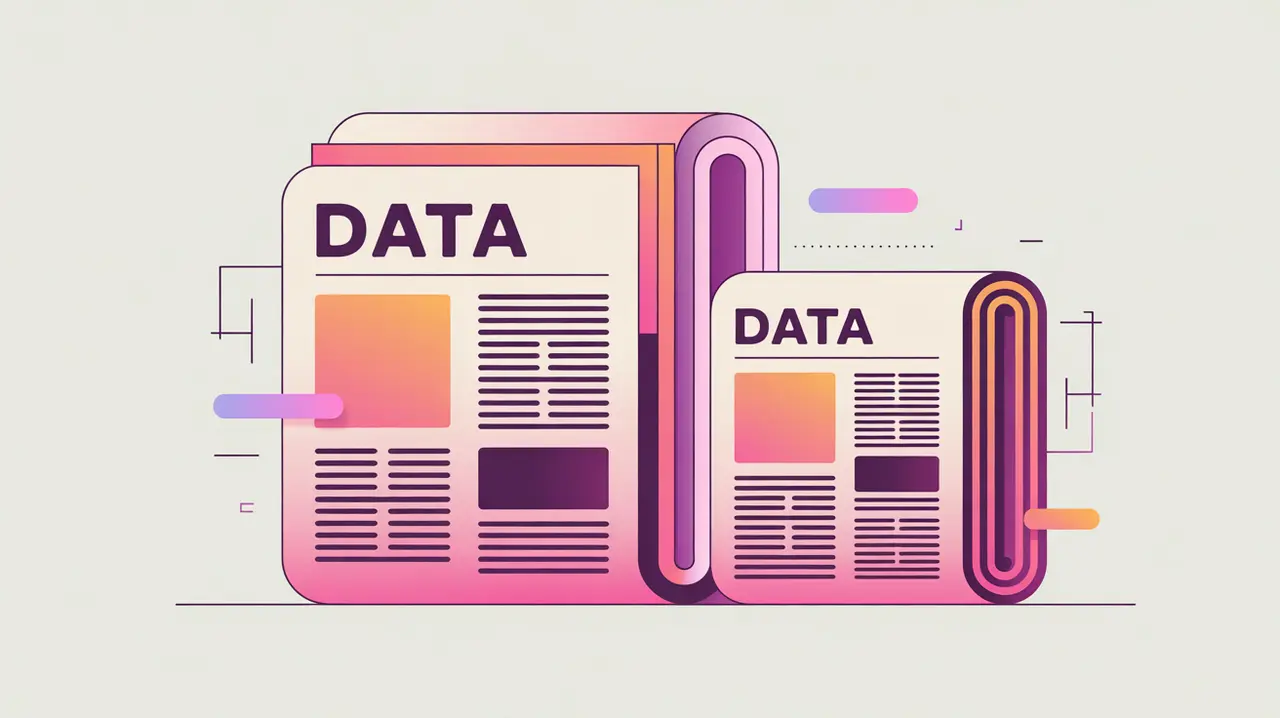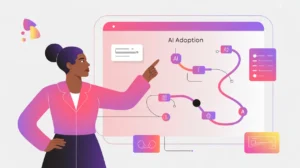Importance of Information Asymmetry
Information asymmetry occurs when one group has more or better information than another, creating imbalances of power and influence. In the age of AI and digital transformation, these imbalances are magnified: governments, corporations, and large institutions often have access to vast datasets, computational resources, and technical expertise that individuals and smaller organizations cannot match. Its importance today lies in how these gaps shape decision-making, market dynamics, and community trust.
For social innovation and international development, addressing information asymmetry matters because equitable access to information is foundational for participation, accountability, and empowerment. Reducing asymmetry helps ensure that technology serves the public interest, not just those with concentrated power.
Definition and Key Features
The concept of information asymmetry was popularized by economist George Akerlof in his 1970 paper on the “market for lemons,” showing how unequal access to information can distort markets. In digital contexts, asymmetry manifests in opaque algorithms, exclusive access to proprietary data, and complex systems that communities cannot easily interpret.
It is not the same as knowledge gaps, which may reflect limited awareness or education. Nor is it equivalent to secrecy, which is deliberate withholding of information. Information asymmetry often arises structurally, embedded in how systems and markets are designed.
How this Works in Practice
In practice, information asymmetry in AI might involve corporations collecting extensive user data without transparency, while individuals lack knowledge of how their data is used. In humanitarian settings, agencies may have detailed data on communities, while those communities remain uninformed about how decisions affecting aid delivery are made. Governments may rely on predictive analytics without disclosing methodologies, leaving citizens unable to question results.
Challenges include the complexity of AI systems, proprietary protections that limit transparency, and digital divides that leave some groups excluded. Addressing these challenges requires tools such as explainable AI, participatory data practices, and open access to knowledge resources.
Implications for Social Innovators
Information asymmetry has direct consequences for mission-driven sectors. Health programs must ensure patients understand how diagnostic AI makes decisions about their care. Education initiatives should reduce gaps between developers of adaptive platforms and teachers who use them. Humanitarian agencies must make data collection and use transparent to the communities they serve. Civil society groups frequently campaign to rebalance asymmetries by advocating for open data, algorithmic accountability, and equitable access to knowledge.
By reducing information asymmetry, organizations strengthen trust, redistribute power, and create conditions where communities can participate fully in shaping technology’s role in their lives.







